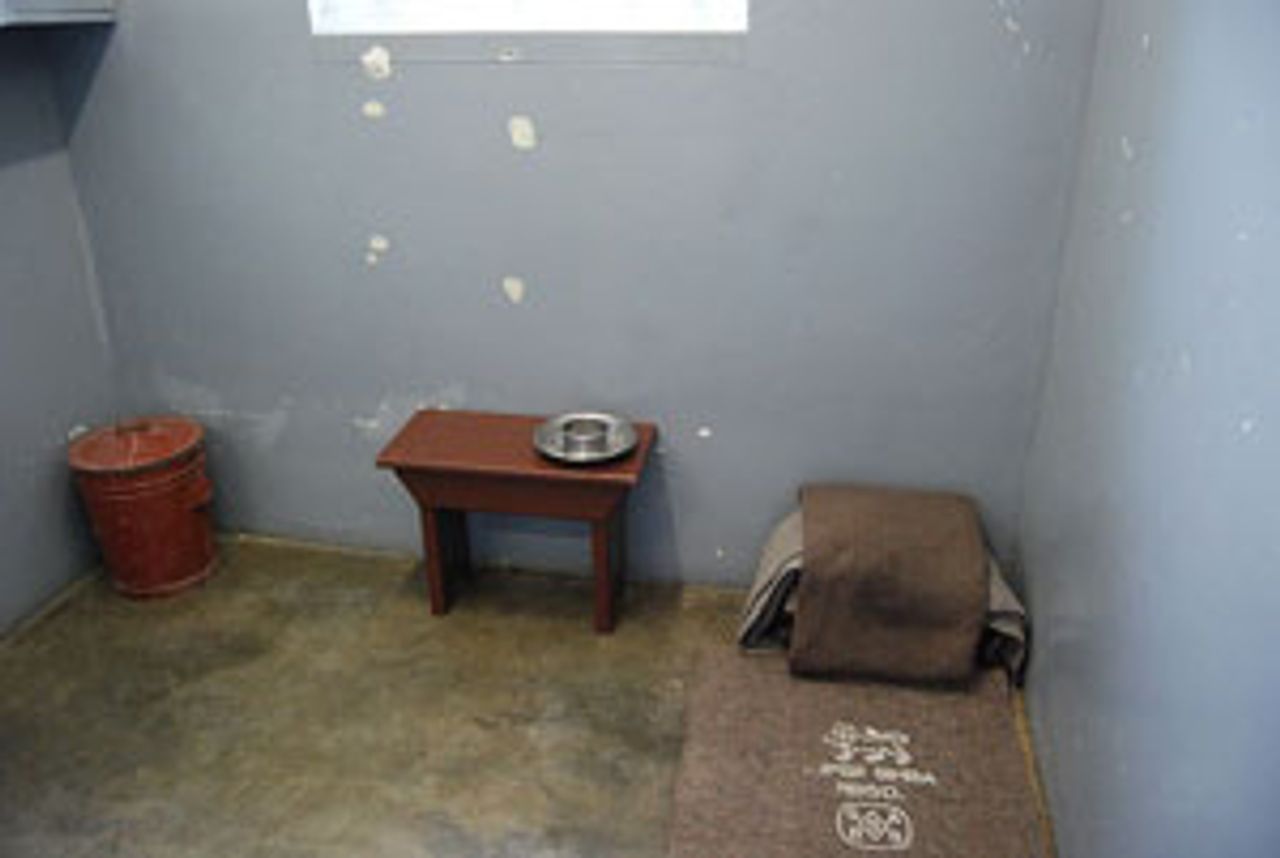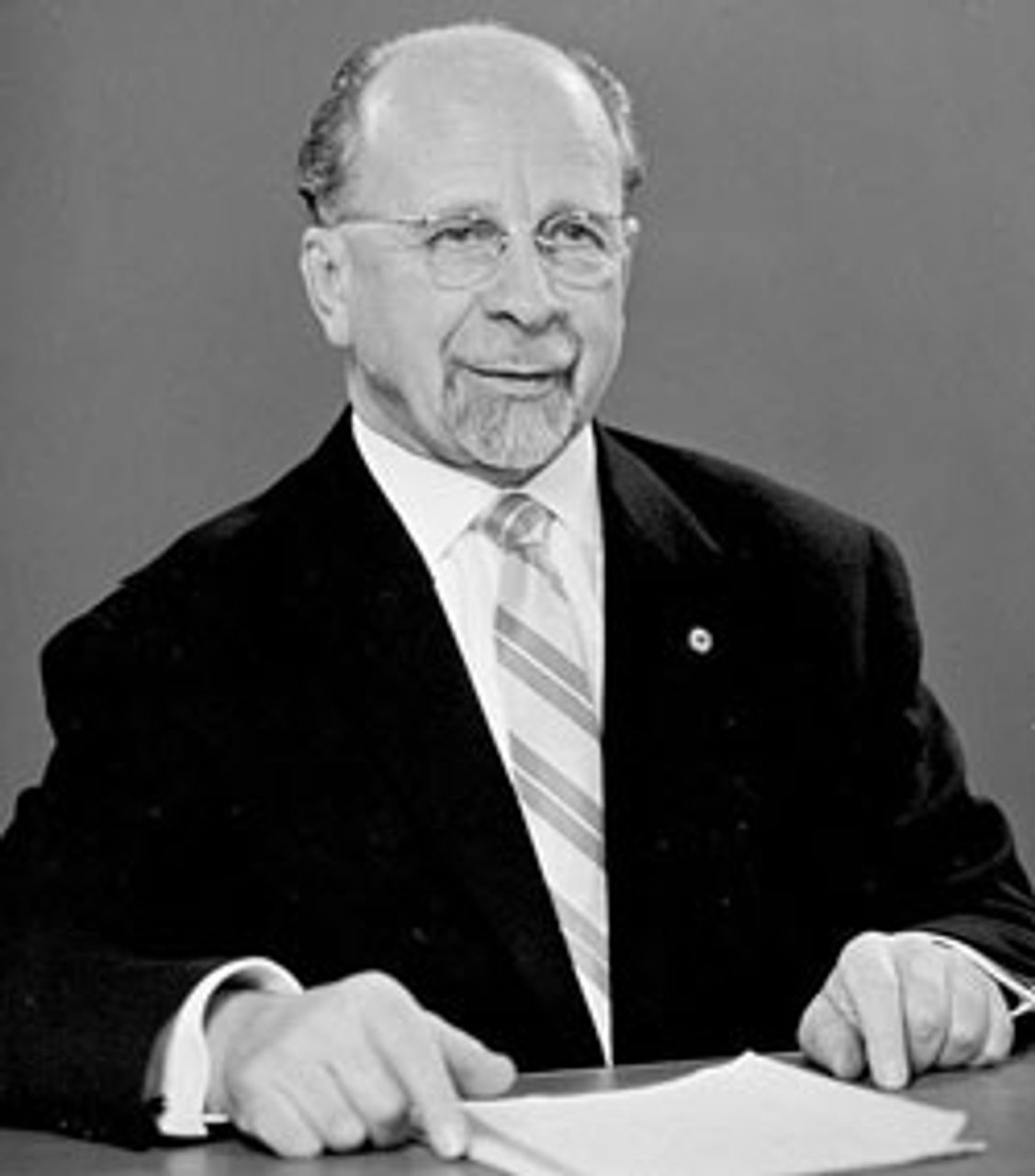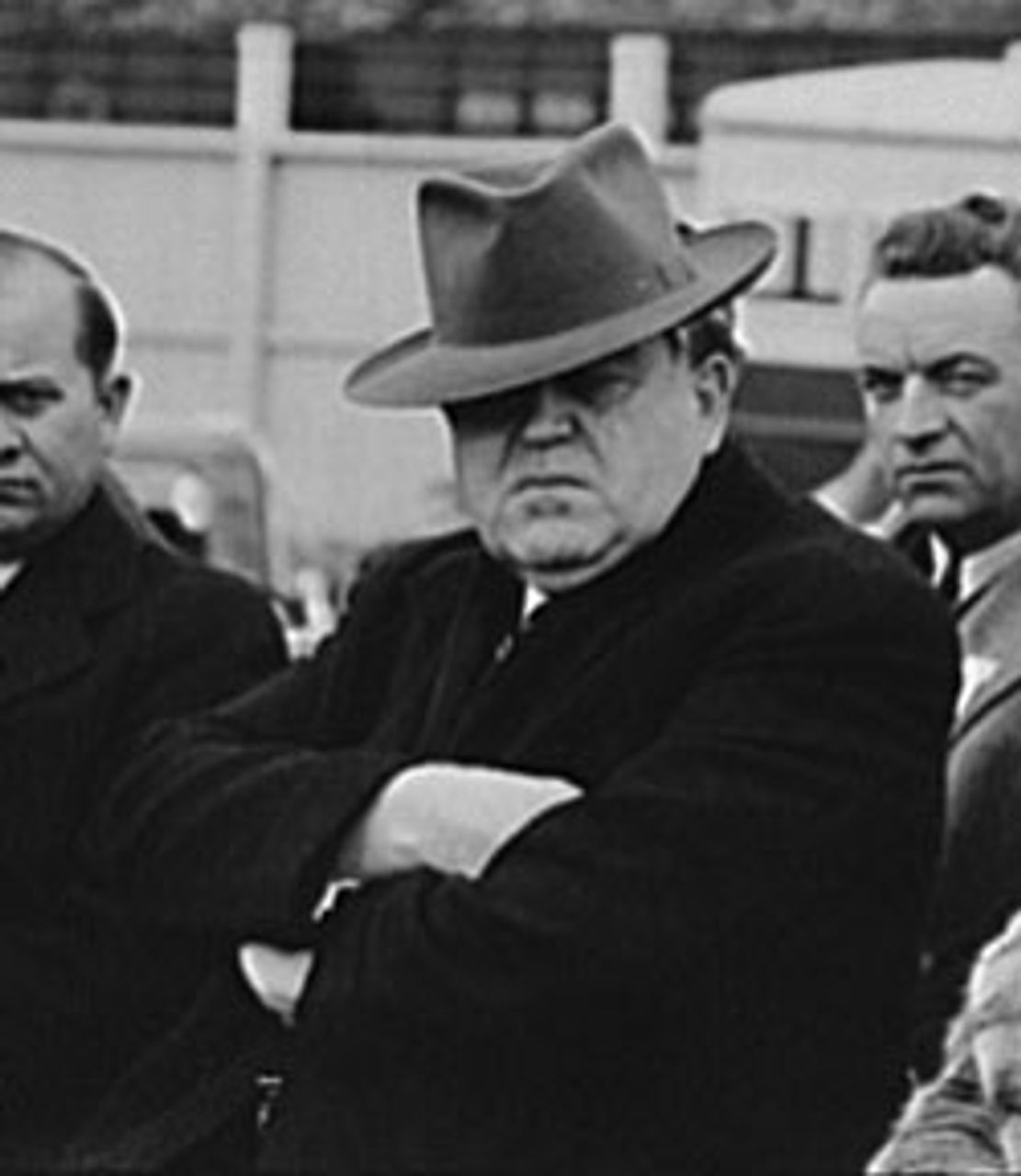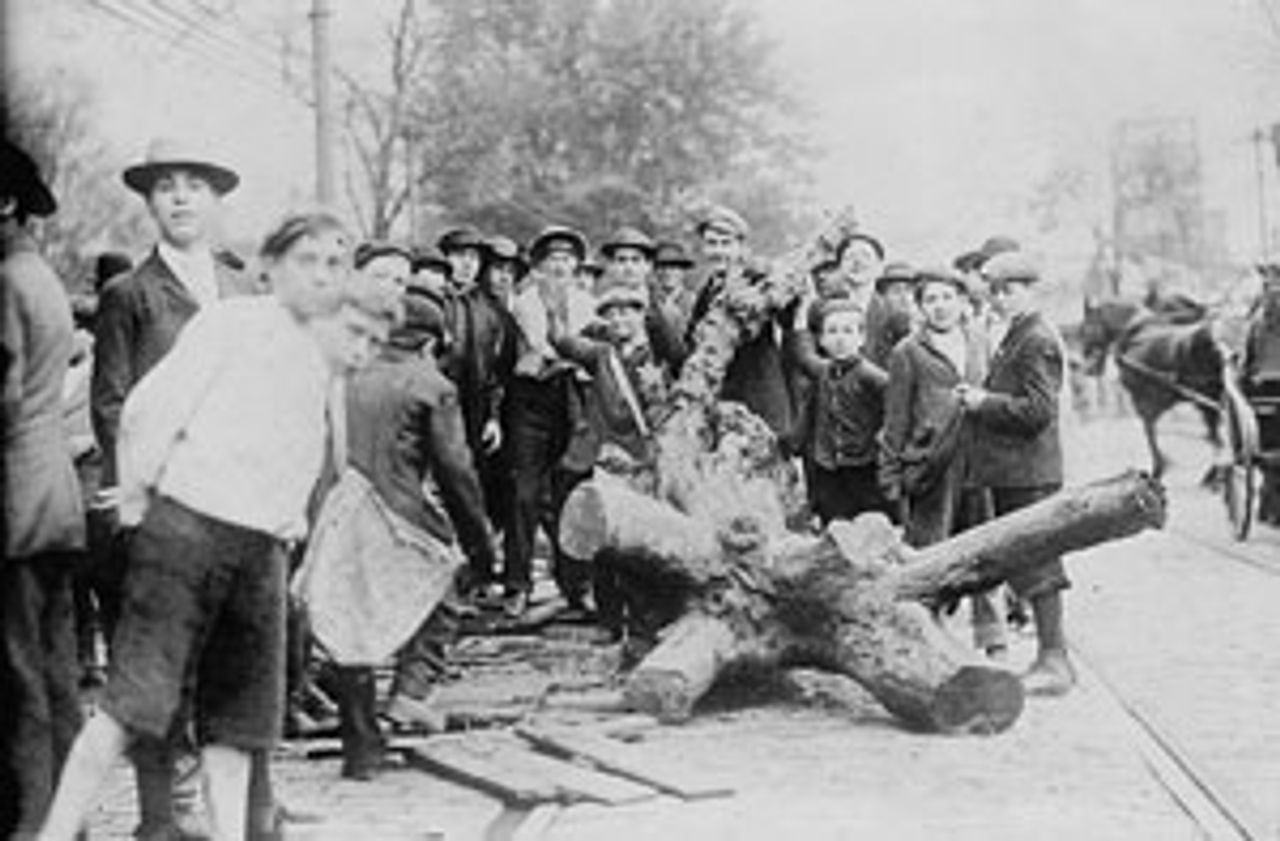This Week in History provides brief synopses of important historical events whose anniversaries fall this week.
25 Years Ago | 50 Years Ago | 75 Years Ago | 100 Years Ago
25 years ago: South Africa faces growing isolation over Apartheid
 Nelson Mandela's prison cell
Nelson Mandela's prison cellOn August 1, 1986, the US Senate Foreign Relations Committee, by a 15-2 vote, approved a bill that would impose sanctions on South Africa, including a ban on new loans and new business investment. The bipartisan support for the bill—only two Republican Senators, including Jesse Helms of North Carolina, voted against—suggested that Congress might override a threatened veto by Ronald Reagan of a sanctions bill. The House had a month earlier passed a bill that would have imposed heavier sanctions.
Republican Senator Richard Lugar said that the vote “might be helpful in getting the point across” to the Tory government of Margaret Thatcher in Great Britain, along with the Reagan administration, South Africa’s most steadfast ally. On August 1, as Thatcher arrived at the Commonwealth Games in Edinburgh, Scotland, her car was pelted by eggs thrown by anti-Apartheid protesters. More than 30 countries had blocked teams from attending the games over the UK’s ongoing support for Pretoria.
The Senate committee vote took place immediately prior to a meeting of the nations belonging to the British Commonwealth, an economic grouping consisting of the UK and its former colonies. India, Canada, Australia, the Bahamas, Zimbabwe, and Zambia had coordinated in favor of sanctions, making public appeals to the Thatcher government. Canadian PM Brian Mulroney called upon Britain to “rise above balance sheets and commercial trading matters” and assert its “moral leadership.” Indian PM Rajiv Gandhi said that if Thatcher did not agree with sanctions, the full Commonwealth could vote to bypass the UK.
The actions of the Commonwealth leaders and the US Senate had little to do with concern over the fate of the South African masses. Their fear was that the intransigence of the P.W. Botha regime in South Africa, aided and abetted by Reagan and Thatcher, would provoke a revolution that would imperil capitalist rule in Africa. Sanctions, it was hoped, would force South Africa to work out a compromise with the black elite and petty bourgeois political forces grouped in the African National Congress (ANC). As Zambian President Kenneth Kaunda put it, “The choice we must make is simply suffering a little bit more by going along with sanctions,” Kaunda said, “or resigning ourselves to…the explosion sure to come if sanctions are not imposed.”
Meanwhile, support among whites in South Africa for Botha was crumbling. An opinion poll published in the Times of London found that 45 percent of South African whites were “unhappy” with Apartheid, and 56 percent said that jailed ANC leader Nelson Mandela should be freed.
50 years ago: Berlin crisis escalates
 GDR head Walter Ubricht
GDR head Walter UbrichtOn August 6, 1961, a meeting of the Warsaw Pact countries (the Soviet Union and the Eastern European states under its political domination) agreed to sign a separate peace treaty with the German Democratic Republic—GDR or East Germany—that would hand the latter full control over land and air routes to Berlin. West Berlin, jointly occupied by the Western powers (the US, UK, and France), would become a non-militarized “free city,” according to the communiqué released after the meeting, with guarantees over transportation and communication.
The same day, the Soviet Union approved the GDR’s plan to begin construction of a barrier to prevent the flight of workers out of East Berlin and into West Berlin.
This last move arose from a serious crisis emerging in the Stalinist states. The bureaucratically planned economies of Eastern Europe and the GDR had experienced rapid growth after World War II, but living standards were now higher in West Germany and Stalinist repression was unrelenting. This had resulted in a drain of workers out of East Berlin—by August 1961 at a rate of 1,500 per day. Working-class opposition to Stalinism had recently resulted in a strike wave in the Soviet Union, and five years earlier the Hungarian revolution had been savagely repressed.
From the perspective of the Western powers—none of whom then recognized the East German government—the Soviet move was a political godsend. President John F. Kennedy seized on the Berlin crisis to demand vast new military expenditures, though he had tacitly agreed to Soviet premier Nikita Khrushchev’s plans earlier in the year. The French and British ruling classes, meanwhile, shared the Soviet Union’s abiding fear of a reunified Germany. Together with West Germany, the various imperialist powers announced their intention to refortify the NATO military position in Berlin and Germany.
75 years ago: AFL purges industrial unions
 John L. Lewis, UMW president
John L. Lewis, UMW presidentOn August 5, 1936, the American Federation of Labor (AFL) expelled 10 industrial unions from its ranks, representing about 40 percent of all organized workers, over 1 million in all. These industrial unions had a year earlier grouped themselves in a bloc within the AFL called the Committee for Industrial Organization (CIO).
The AFL demanded that the CIO cease its drive to organize industrial workers in mass production industries such as steel, auto, electric, cement, aluminum and rubber—and that it disband. Failure to do so, declared the AFL, would make the expulsion permanent one month later. The CIO, headed by United Mine Workers president John L. Lewis, flatly rejected this ultimatum, and further refused to attend the August 3 “trial” that resulted in the unions’ expulsion.
John P. Frey of the AFL’s Metal Trades Department was the chief prosecutor at the trial. He charged the CIO with “insurrection” and “rebellion,” and, by far the worst crime from the standpoint of the bureaucracy, “dual unionism.” The CIO, Frey charged, “intend[s] to organize along so-called industrial or vertical lines, regardless of the jurisdictional rights”—in other words, by organizing industrially it threatened the dues base of several AFL unions. In fact the very existence of the CIO threatened the control of the entire labor movement by AFL “business unionists,” a fact Lewis pointed to. “The craft unions fear that the supreme authority will be wrested from their hands if they permit the entrance of millions of new workers organized industrially,” Lewis said.
The AFL, founded in 1886, was an organization primarily comprised of craft unions organized “horizontally,” or according to skill or occupation. A steel mill, for example, might have as many as a dozen different unions corresponding to different occupations in the production process. These craft unions often operated as policemen in the plants on behalf of the corporations.
Lewis and the other industrial union officials were responding to the explosive developments in the working class. From the 1880s onward, mass production workers had striven for industrial organization, but only in the coalfields and the clothing industry—where the unions played a role in rationalizing chaotic sectors of the economy—had industrial unions taken root. But with the eruption of the massive and bitter strikes beginning in 1934, including among meatpacking and auto workers, the situation was ripe.
The CIO heads, like the AFL, were bitterly opposed to any independent political struggle of the workers they represented. The same day that the split occurred, the CIO pledged its support in the upcoming 1936 elections to Democrat Franklin D. Roosevelt.
Trotsky later wrote, “The rise of the CIO is incontrovertible evidence of the revolutionary tendencies within the working masses. Indicative and noteworthy in the highest degree, however, is the fact that the new ‘leftist’ trade union organization was no sooner founded than it fell into the steel embrace of the imperialist state. The struggle among the tops between the old federation and the new is reducible in large measure to the struggle for the sympathy and support of Roosevelt and his cabinet.”
100 years ago: Bloody streetcar strikes in New York and Iowa
 Boys in Cleveland block a streetcar line during a
Boys in Cleveland block a streetcar line during a1913 strike
Bloody strikes of streetcar workers erupted this week in 1911 in Brooklyn, New York, and Des Moines, Iowa. In Des Moines 500 streetcar workers employed by the Des Moines City Railway walked out on strike August 4, demanding the reinstatement of a fired conductor, Benjamin Hyatt. Streetcar manager J.R. Harrigan immediately announced his intention to bring in strikebreakers, or scab labor.
The plan failed, spectacularly. Strikers “required just one day to rid the city of their ancient enemy, the strikebreakers,” according to the New York Times. By the end of the day on August 5, every strikebreaker had fled the city, many with “broken heads,” and those who could not escape had entered jails in the city to seek protection. The working-class population of the city came out by the thousands to join the streetcar workers. Even the police sympathized, refusing to provide extra protection for the streetcars.
“Mobs” and “rioters” roamed the streets looking for scabs and mounted an attack on Harrigan’s house. Not a single streetcar moved in Des Moines that day. So powerful was the response of the city’s working class that a local court took the unusual stand of siding with the workers, issuing an injunction requiring the immediate reinstatement of Hyatt.
On August 5, a spontaneous strike erupted among about 400 streetcar men of the Coney Island and Brooklyn Railroad Company in New York, who were demanding a pay increase of 2 cents per day. Both Brooklyn and the company were caught “almost totally unprepared” by the strike that began at 3 a.m. The city woke up to riots at multiple points along the streetcar lines when strikebreakers accompanied by police attempted to operate the lines.
By evening, more than 50 people had been injured, among them policemen and strikebreakers hit by “rocks and other missiles hurled by strikers or their sympathizers” from windows near the bridge over the Gowanus Canal, the Times reported. Strikebreakers were beaten “unmercifully,” and in at least one case a woman passenger aboard a scabbing streetcar pulled the emergency brake and ran away, leaving the crew to a mob that was chasing it. Strikers and their sympathizers destroyed numerous streetcars. Between 100,000 and 200,000 commuters were affected by the strike.
Streetcar strikes from the 1890s to the 1920s hit almost every major city and were among the most bitter in US history, “marked by almost continuous and often spectacular violent conflict,” according to one historian. The streetcar workers could often rely on the support of their working-class riders and the factory neighborhoods through which the lines crossed. In this way strikes often had a tendency to become general strikes, as in Philadelphia in 1910 and Springfield, Illinois, in 1917.
